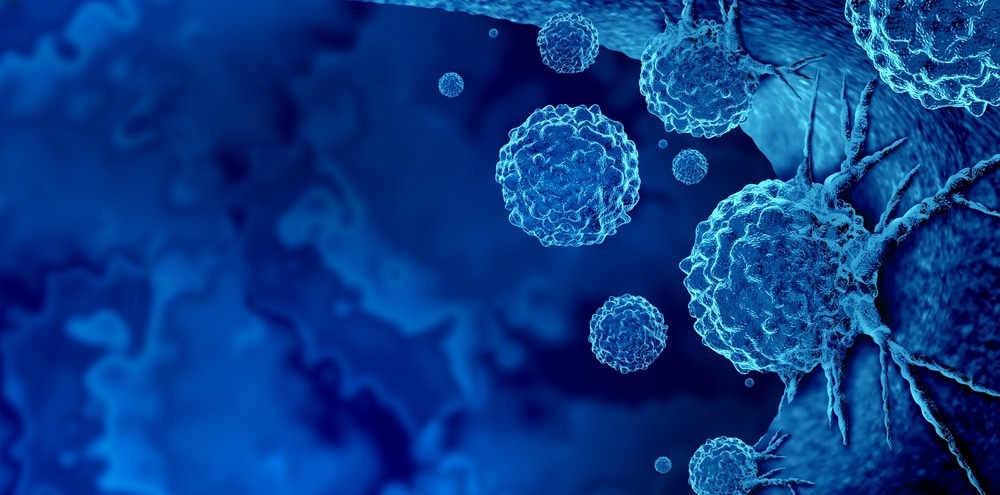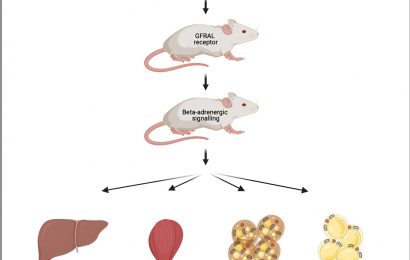In a recent study published in Nature, researchers developed a genetic clone mapping workflow centered around base-specific in situ sequencing (BaSISS) technology to derive quantitative maps of multiple genetic clones of cancer cells.

Background
Cancerous or neoplastic cells are dynamic entities continuously changing and reshaping their interactions with their microenvironments. These cells have multiple subclonal populations, which are genetically related yet distinct groups of cells.
Genomic technologies, such as whole-genome sequencing (WGS), have detected subclones but seem inadequate at deciphering their phenotypic characteristics and interactions within tissue ecosystems. It is a major limitation because all the properties of cancer subclones are determinants of cancer growth, progression, recurrence, or adverse outcomes.
BaSISS workflow
The BaSISS targeted subclones identified by a WGS-derived phylogenetic tree. BaSISS mutation-specific padlock probes first hybridized to complementary DNA (cDNA) of mutant and wild-type alleles of clone-defining somatic variants in situ. All completely targeted-complementary padlock probes ligated and formed closed circles.
Subsequently, fluorophore-labeled interrogation probes and cyclical microscopy detected unique four to five nucleotides long reader barcodes of ligated probes amplified through rolling circle amplification enabling multiplexing. The team used mathematical modeling to create clone maps using BaSISS signals and the clone genotypes.
About the study
In the present study, researchers retrieved eight tissue blocks from two patients (P1 and P2) who had a surgical mastectomy for multifocal breast cancer. These tissue samples spanned three histological stages of early cancer progression: ductal carcinoma in situ (DCIS), invasive cancer, and lymph node metastasis.
Across three samples from P1, P1-oestrogen receptor (ER)1, P1-ER2, and P1-D1, WGS experiments identified mutation clusters linked to six phylogenetic tree branches. BaSISS padlock probes targeted 51 alleles on each phylogenetic tree branch. The team identified a subclone by a patient identifier and the color of the corresponding phylogenetic tree node.
Notably, different colors denoted on P1 denoted a node. e.g., P1-purple, P1-red, P1-grey, P1-orange, P1-green and P1-blue. Likewise, a subclone genotype comprised the branch mutations accumulating as one moved from the tree root to the subclone node. For instance, P1-green contained grey, blue and green branch mutations.
The team examined three primary breast cancer (PBC) samples with intermixed invasive and DCIS histology: P1-ER1, P1-ER2, and P2-triple-negative (TN)1 to demonstrate that BaSISS could chart distinct cancer stages development across entire tissue sections. Further, the researchers integrated spatial data to establish how phenotypic changes relate to genetic-state and histological-state transitions.
DCIS is known to be genetically heterogeneous but how DCIS clones organize and grow through the wider duct system remains incomprehensible. So the team examined three DCIS samples from P1 (P1-D1, P1-D2, and P1-D3) that spanned a tissue surface area of 224 mm2. Finally, the team performed spatial gene expression analysis using targeted in situ sequencing (ISS).
Study findings
Genetics & Genomics eBook

Nearly 97% of detected BaSISS spot signals were converted into comprehensible barcodes. Its mean target-specific coverage was 13,000-fold higher across 300 mm2 of breast tissue. Further, BaSISS-derived variant allele fractions exhibited a strong linkage across replicate experiments on serial tissue sections, showcasing its quantitative reproducibility. The BaSISS signals colored according to their subclonal mutation branch revealed a visual glimpse of the subclonal growth structure.
The clone mapping algorithm also discreetly adjusted the observed allele frequencies for a range of systematic biases (e.g., differential BaSISS probe sensitivity). Yet, the BaSISS-modeled allele frequencies were in high agreement with laser capture microdissection (LCM)–WGS validation data.
Consistent with bulk WGS data, BaSISS detected two to four subclones per PBC. The quantitative examination revealed that individual subclones formed spatial patterns related to the histological progression of cancer states. For instance, in P1-ER2, a region of hyperplasia was genetically unrelated to cancer, as confirmed by LCM–WGS. In each PBC, the genetic and histological progression models were largely stable. The invasive cancer was mostly comprised of cells from the most recently diverged subclone.
Conversely, earlier diverging clones colocalized entirely or in part to the DCIS. However, one subclone in each PBC spanned both DCIS and invasive histology. It indicated that separate histological and genetic progression states could also exist. Examples include clone P1-red in P1-ER1 and clone P1-purple in P1-ER2.
Regarding phenotypic changes accompanying cancer invasion, the researchers observed that phosphatase and tensin homolog (PTEN)-mutant clone regions exhibited denser Ki-67 immunohistochemistry (IHC) nuclear staining than wild-type regions. The upregulation of Ki-67, another genetic clone, was temporally related to the acquisition of a PTEN mutation and preceded the invasion.
P1-orange epithelial cells exhibited higher expression of the cell-cycle regulatory oncogenes cyclin D1 (CCND1) and cyclin B1 (CCNB1) and the oncogene zinc finger protein 3 (ZNF703), which have been linked to adverse clinical outcomes. Overall, architectural and nuclear appearances and gene expression profiles were remarkably lineage-specific, and their different patterns could also be visualized spatially.
An analysis of sample P2-LN1 using BaSISS detected two clones (P2-blue and P2-orange) that formed spatially segregated patterns. Histological annotation using hematoxylin&eosin (H&E), lymphocyte-common antigen (CD45), and pan-cytokeratin stains identified multiple metastatic cancer growth patterns. The authors noted strong associations between those two detected clones and their histological growth patterns.
Furthermore, they noted that clone-specific gene expression patterns of 17/91 genes recapitulated within multiple, spatially distinct expansions across more than 1 cm2 of tumor tissue. Overall, BaSISS clone maps spatially related genetic variations in microenvironments to individual clones.
Conclusions
LCM, a histology-driven sampling technique, fails to provide an unbiased representation of the cancer subclone territories, particularly across whole-tumour sections. BaSISS, on the other hand, interrogated large tissue sections on the scale of square centimeters, which enabled studying entire cross-sections of smaller tumors. It is also relatively inexpensive and does not solely rely on WGS-based methods.
To conclude, BaSISS is a valuable addition to the spatial-omics toolkit thanks to its remarkable ability to spatially locate multiple distinct cancer subclones and even molecularly characterize them. In the future, its widespread application could help unveil how cancers grow in different tissues, which, in turn, could help trace the ill-fated subclones causing adverse clinical outcomes.
- Lomakin, A. et al. (2022) "Spatial genomics maps the structure, nature and evolution of cancer clones", Nature. doi: 10.1038/s41586-022-05425-2. https://www.nature.com/articles/s41586-022-05425-2
Posted in: Medical Science News | Medical Research News | Disease/Infection News
Tags: Allele, Antigen, Breast Cancer, Cancer, Carcinoma, Cell, DNA, Ductal Carcinoma, Evolution, Fluorophore, Gene, Gene Expression, Genes, Genetic, Genome, Genomic, Genomics, Histology, Hyperplasia, IHC, Immunohistochemistry, Lymph Node, Lymphocyte, Mastectomy, Metastasis, Microscopy, Mutation, Nucleotides, Oncogene, Phosphatase, Protein, Receptor, Tumor, Zinc

Written by
Neha Mathur
Neha is a digital marketing professional based in Gurugram, India. She has a Master’s degree from the University of Rajasthan with a specialization in Biotechnology in 2008. She has experience in pre-clinical research as part of her research project in The Department of Toxicology at the prestigious Central Drug Research Institute (CDRI), Lucknow, India. She also holds a certification in C++ programming.
Source: Read Full Article


